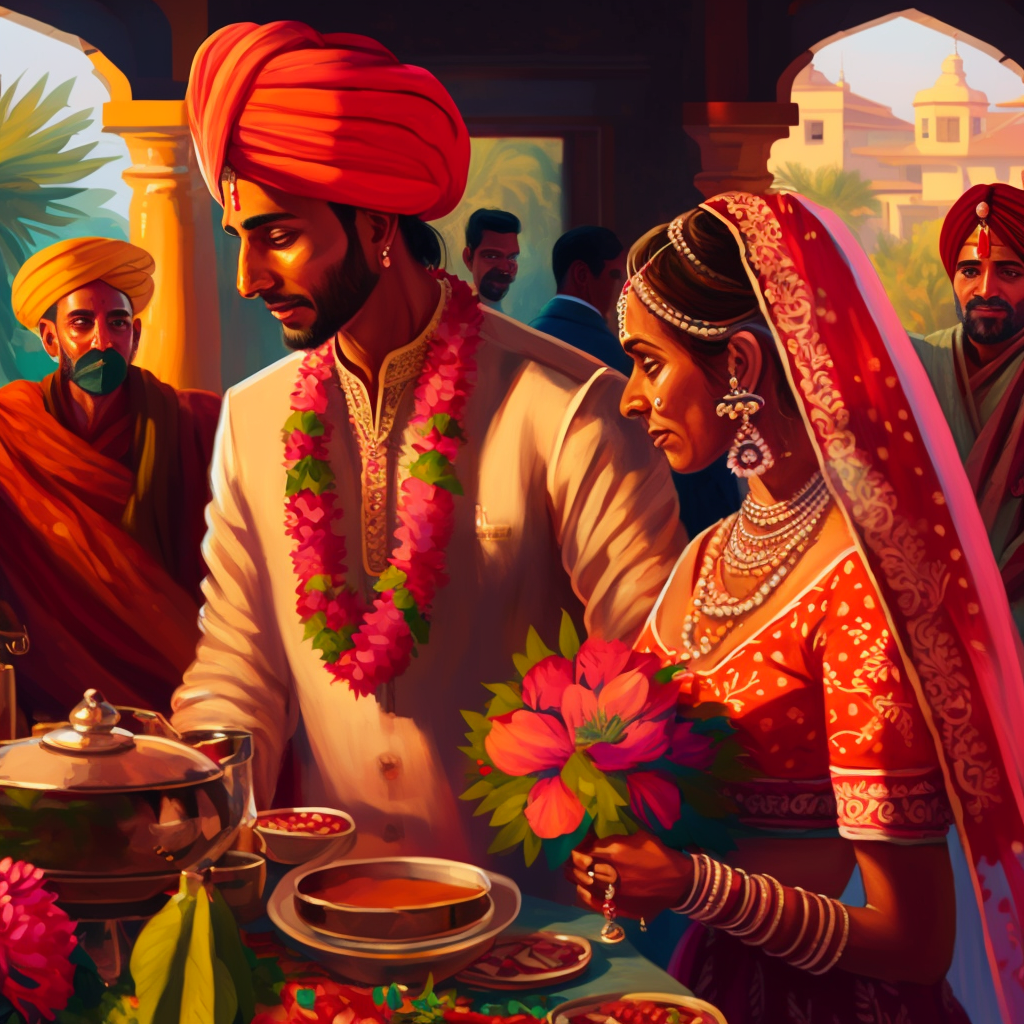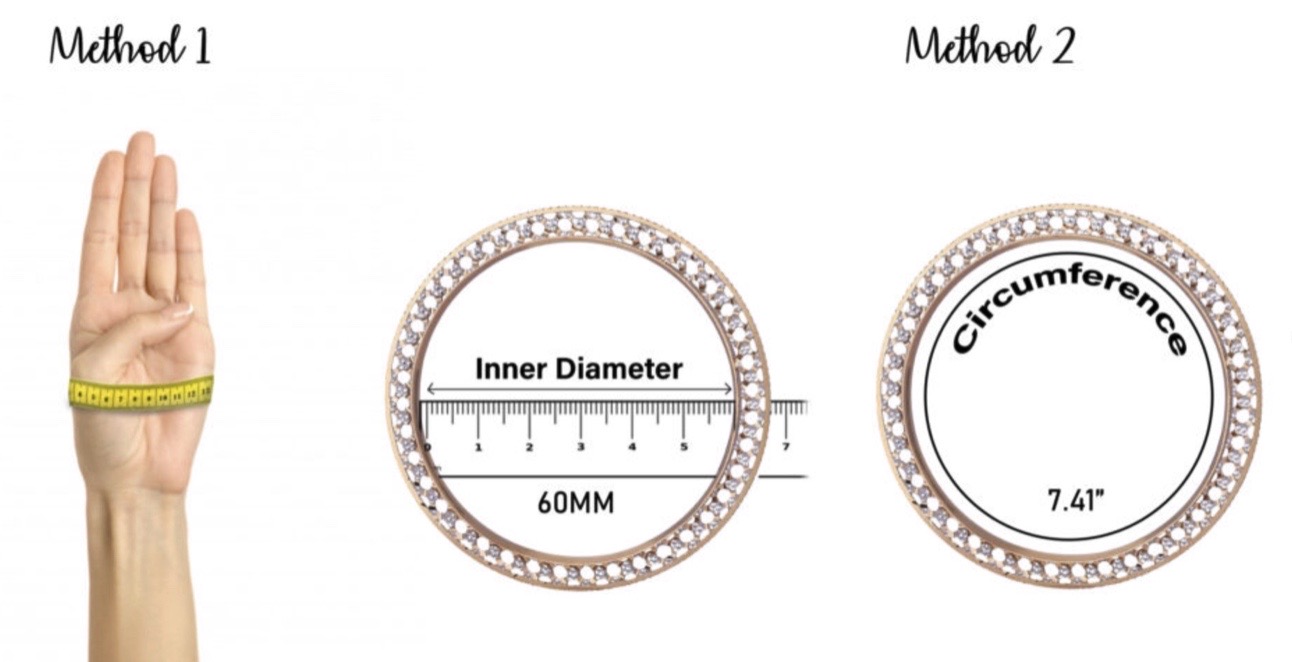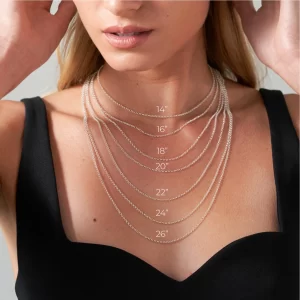Why is gold given in marriage?

Some things might spring to mind when it comes to traditional Indian weddings – vibrant colors, wedding songs, a big party and of course gold! Gold has long been an important part of Indian weddings; not only it is seen as a symbol of good luck and prosperity for the newly married couple, but it also represents a financial and social investment for the couple.
WHY ARE BRIDES GIVEN GOLD AT INDIAN WEDDINGS?
So, why are brides often decked from head to toe (literally!) in gold jewelry on their wedding day? Here are just five reasons:
CREATING FAMILY HEIRLOOMS
Passing heirlooms down through generations is a common tradition in Indian culture, and a wedding is the ideal opportunity for the mother of the bride to pass down cherished family possessions to her newly-betrothed daughter. Indian women may gift gold earrings, gold chains, gold rings and gold necklaces to the bride on her wedding day – the more the better! These jewelry pieces can then be passed down to any future children, keeping cherished heirlooms within families for hundreds of years.
SOCIAL STATUS SYMBOL
Even in modern times, gold continues to be seen as a symbol of power, luxury, and wealth across the world, but this remains especially true in India. So, what better opportunity than a wedding to gift the blessing of prosperity to a new couple?
In fact, in Indian culture, the amount of gold worn by the bride on her wedding day is considered to be symbolic of her family’s wealth and prosperity. For this reason, many Indian families go all out when decking the bride in ornate gold jewelry – we’re talking bracelets, rings, toe rings, bangles, mangalsutra, and many other traditional Indian pieces.
GOLD AS AN INVESTMENT
Another reason Gold is gifted to Indian newlyweds is as a way of offering them a financial investment; after all, the wedding itself represents not just an investment in each other for the couple, but an investment in their shared future. Gold remains a highly valuable and reliable asset, making it the perfect gift for couples beginning a new life as husband and wife.
For this reason, many Indian brides may be gifted necklaces, chains, and other ornate jewelry, the more valuable the better! 22k gold chains are incredibly popular, as they represent both a financial and cultural asset.
AUSPICIOUS SYMBOLISM
Auspiciousness is an integral part of Indian culture, but what does it mean? The term ‘auspicious’ means to bring good luck, and there are many customs and traditions in India that have been upheld for centuries uniquely to foster auspiciousness. For example, the Indian bride’s mangalsutra (her wedding necklace) is worn as a symbol of auspiciousness and good health, and the bride must continue to wear the mangalsutra for the full duration of her marriage – lest she be seen as inauspicious. Similarly, Indian women who refrain from wearing bangles may be considered inauspicious.
So, what does all this have to do with gold? It’s simple – the gifting of gold during marriage is seen as a gesture to bring good luck and prosperity for the newly married couple, aka, to bring auspiciousness. Gold is a lucky color in India, so decking the bride in gold pieces is a sure fire way to bring the newlyweds all the good luck they’ll need for their new life together as a married couple.
RELIGIOUS SIGNIFICANCE
Cultural and marital symbolism aside, gold is also important in Indian culture due to its religious significance. In Hinduism, gold is associated with the goddess Lakshmi, who is seen to represent wealth and prosperity. In Sikhism, gold is seen to represent celebration and reverence, making it a key feature in all Indian religious celebrations, such as Diwali.
This religious symbolism is another reason why Indian brides are usually adorned with gold pieces on their wedding day; in the same way that a Christian bride may wear white to signal purity in the eyes of God, an Indian bride wears gold in the tradition of goddess Lakshmi.
Furthermore, it’s also widely believed in Indian culture that gold can ward off bad luck and evil spirits, which may explain why many Hindu gods and goddesses are often depicted wearing gold jewelry. In modern-day India and Southeast Asia, these traditions continue to be observed, making gold a key feature of any Indian wedding ceremony.







